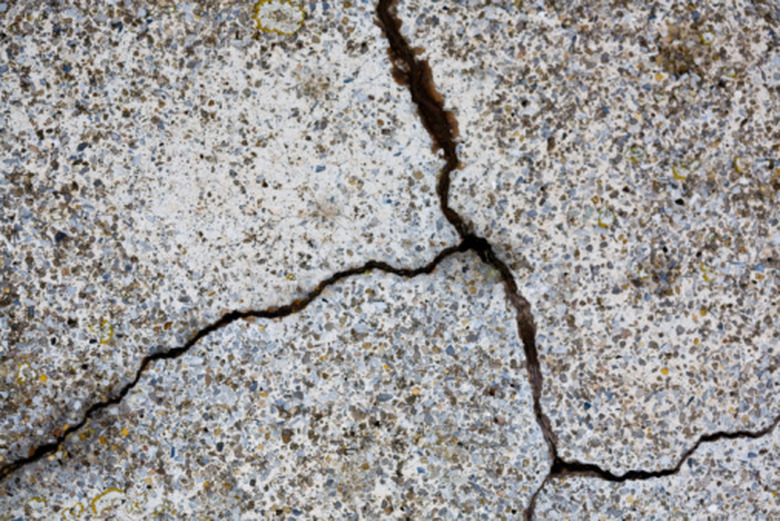Forms Of Mechanical Weathering
Weathering is a process by which masses of rock are slowly broken down into smaller pieces. These pieces can be carried away in another process called erosion. Mechanical weathering refers to any weathering process which relies on physical forces, as opposed to chemical or biological forces. Mechanical weathering also acts on the surface of a rock rather than its internal structure.
Frost Wedging
Frost Wedging
Water can infiltrate even the tiniest cracks in a rock's surface. If that water freezes, it wedges the crack a little further apart. This happens because water expands when it freezes. Repeated cycles of freeze and thaw eventually destroy solid rocks. This process is known as frost wedging, and typically happens in colder climates. Mountainsides littered with sharp boulders are examples of frost wedging in action.
Exfoliation
Exfoliation
Magma that cools and hardens underground becomes an igneous rock known as granite. The granite is compressed while underground, but if the overlying rock is removed that pressure is released. The mass of granite swells up and out slowly in a kind of dome shape. At the surface of the granite, sheets break off in a process known as exfoliation. These sheets slide down the face of the dome and pile up at the bottom.
Crystallization
Crystallization
Salt in the form of mineral crystals breaks down rock much the same way as frost wedging. As salt is deposited in rock fissures, it expands slightly and forces the rock further apart. Parts of Antarctica are particularly noted for their evidence of salt crystallization. Geologists believe that frost wedging and crystallization of salt work in tandem to weather rocks. When one is inactive, the other is active and vice versa.
Insolation
Insolation
In desert areas, rocks are exposed to extreme temperature fluctuations between night and day. Rocks aren't good conductors of heat, and these temperature shifts put enormous stress on their physical structures. The surface expands while the interior tries to keep the same shape. Eventually, cracks form inside the rock and spread along the surface. Pouring water on a superheated rock dramatically demonstrates this effect, though in the desert rocks experience countless cycles of heat and cold before cracking.
Cite This Article
MLA
Patrick, Josh. "Forms Of Mechanical Weathering" sciencing.com, https://www.sciencing.com/forms-mechanical-weathering-8257816/. 24 April 2017.
APA
Patrick, Josh. (2017, April 24). Forms Of Mechanical Weathering. sciencing.com. Retrieved from https://www.sciencing.com/forms-mechanical-weathering-8257816/
Chicago
Patrick, Josh. Forms Of Mechanical Weathering last modified March 24, 2022. https://www.sciencing.com/forms-mechanical-weathering-8257816/
